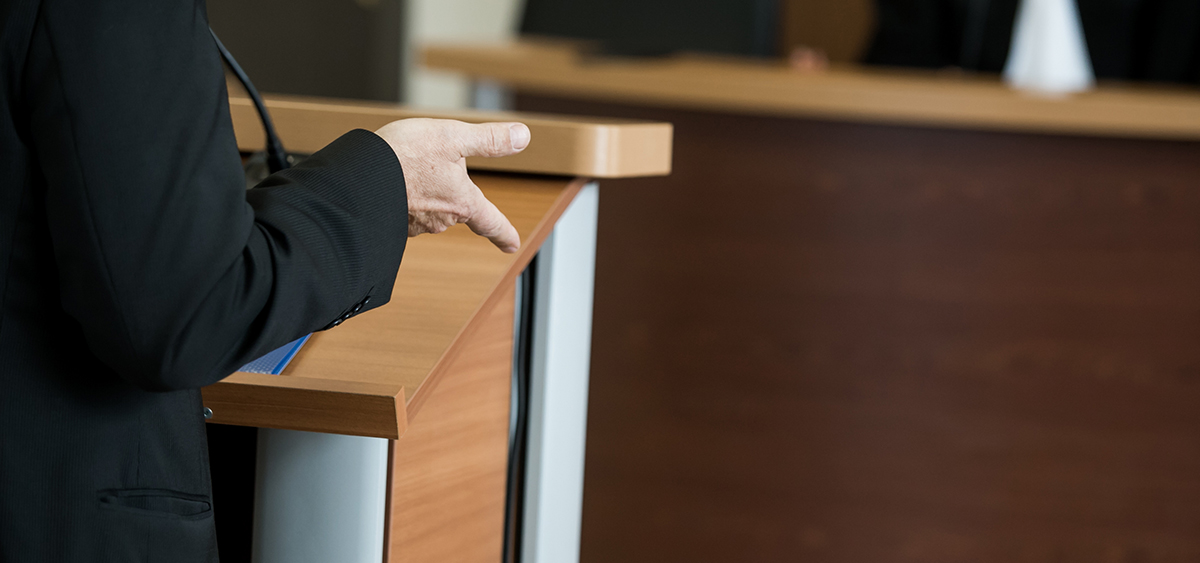In the Canadian justice system, the victim of a crime isn’t always called to testify at the accused’s trial. But the prosecutor can decide it’s necessary to help prove the accused committed the crime. This article explains the steps for testifying as a victim.

Summons to testify
A crime victim who is called to testify will receive a summons, also called a subpoena. This document tells the victim what day and time to go to court. It also gives the courtroom number.
The summons orders the person to testify. In some cases, the judge can take steps to force the victim to testify.
If exceptional circumstances prevent the victim from going to court that day, the victim should contact the criminal and penal prosecuting attorney before the trial to ask to be excused from court. The criminal and penal prosecuting attorney is also called the prosecutor or Crown prosecutor.
Employers must give employees time off to testify. They can’t punish them for being called to testify.
Getting help
Victims who must testify can get help from organizations such as a Crime Victims Assistance Centre (CAVAC) or a Sexual Assault Centre (CALACS).
A victim can also ask the prosecutor to talk to the judge about special arrangements to make testifying easier. The judge considers each request on a case-by-case basis.
Examples:
- having a trusted person beside the victim while testifying
- testifying behind a screen or by video outside the courtroom
- keeping members of the public out of the courtroom
- forbidding publication of information that would identify the victim
A case worker or person close to the victim can also accompany the victim on the day of the trial.
What happens at the trial?
On the day of the trial, the victim must go to court at the time and place shown on the summons. There’s usually a room reserved for victims. Most of the time the prosecutor meets victims in this room and takes them to the courtroom. Victims must sometimes wait outside the courtroom for their turn to testify.
When testifying, the victim must do the following things:
- Take an oath or solemnly state to tell the truth.
- Stand in front of the judge while testifying and look at the judge.
- Answer all the questions (usually), even if it’s difficult.
The judge needs to hear all the information about the crime, as if it’s the first time it’s being told. Victims must tell the judge everything they know about what happened, even if they repeat what they said earlier to the police or the prosecutor.
Parts of a testimony
There are three important parts of a testimony:
Examination: The prosecutor is the first lawyer to ask questions. Usually, the prosecutor asks the victim to explain what happened.
Cross-examination: The lawyer for the accused then asks the victim some questions. Accused people who don’t have a lawyer can ask the questions themselves. The main purpose of cross-examination is to find out whether the victim is telling the truth and to find holes in the testimony.
Re-examination: The prosecutor can ask other questions if necessary. The goal of re-examination is to let victims correct or explain what they said during cross-examination.
Testimony of a sexual assault victim
In a sexual assault trial, the accused or the accused’s lawyer can’t ask questions about the victim’s past sexual history. This is to avoid giving the impression the victim is a person who would have agreed to a sexual activity or who could be lying.
|
Please note! A specialized court for sexual and domestic violence will soon be created in Quebec. First, a pilot program will run in five regions of Quebec. Then, the specialized court will be created throughout Quebec. To learn more, read our article “New Specialized Court for Sexual and Domestic Violence”. If you are experiencing sexual or domestic violence, see our list of resources that can help. |
After testifying
Victims can usually leave the courthouse right after they testify, if the judge gives them permission.
Before leaving, the victim might have to go to the clerk’s office in the courthouse to pick up an indemnity (amount of money) for the time spent in court. In some cases, the victim can get other costs, including transportation, meals and accommodations. It’s important to keep receipts.







